
James Bond Aston Martin DB5 replica
By Iain Ayre
Photos by Andre Paul Pinces, Courtesy of The Q Car’s Olivier Spilborghs, and Iain Ayre
The James Bond of the Ian Fleming books was utterly different from the comedic- action hero of the films. By comparison, Fleming’s Bond was a cold-hearted, psychopathic snob. (I’m a Brit so I can speak with some authority here.)
So when it came to cars, Bond would have been comfortable with a 1930 4 1/2-litre Bentley, and with the 1935 4 1/2-litre Park Ward convertible. He would have been sniffy about the postwar-poverty, factory-steel-bodied MkVI Bentleys driven by lower-upper- middle-class chaps like me, but his 1953 MkVI drophead was coachbuilt and therefore more posh.
The Aston Martin DB5 would have suited him nicely as well, in a subtle color with dark leather. Aston Martins are a bit flash, but reassuringly expensive. They can be either vulgar or posh depending on their presentation.
The original Bond would have been very unhappy with a Lotus, even one that changed into a submarine. “Bloody plastic kit car,” he would have muttered to the chaps at his club, over Macallan and Havanas.
Fleming’s Bond absolutely would not, ever, have been seen dead driving a BMW (despite what the Pierce Brosnan iteration piloted remotely in Tomorrow Never Dies). A German-built mass-market sedan bought by pushy salesmen with white socks, and later sold onto people who wear baseball caps backward? He would have shot Q just for suggesting that.
Getting back into the 007 comfort zone of Aston Martin, I’ve now met the real Q, creator of The Q Car, Olivier “Oli”Spilborghs. (Possibly not his real name, since we’re talking about secret agents here.) Ian Fleming invented Q, and Desmond Llewelyn, Jon Cleese and Ben Whishaw have acted Q in films, but Oli created his Goldfinger Aston from scratch, for real. He’s closer to being Q than anyone else, ever.
There’s a fascinating but complicated tale about what happened to the real cars from the film. The most amusing part being that one Aston customer bought what he thought was a stock ex-demo DB5 from the Aston factory and didn’t even know that the prop gadgets had just been removed and painted over. Another of the film cars ended up in a Vancouver restaurant in the 1970s, where a fascinated young Oli admired it during family dinner outings.
An Aston DB5 is a gorgeous sculptural car, even without machine guns and an ejector seat, and the young Oli was smitten. Three of the film-related cars still exist, but Oli thinks there ought to be more because of the sheer fun that people get from looking at them. He wasn’t going to chop up a real DB5, obviously — he wouldn’t do that anyway, and prices are currently in the stratosphere, well beyond $1 million.
So he decided to make one. Even though most Cobra and Lambo replicas originally came from molds “splashed” from the real thing, the chance of getting permission to take a mold off a DB5 is about as likely as getting one off Beyonce.
Then Oli discovered an intriguing British model-making scheme, in which you paid £8 a week, and were sent a weekly magazine and a couple of pieces of a big metal die-cast model of an Aston Martin DB5. By the time you’d spent £1,000 or so you would have the components of a really rather fine 1/8th scale model, with excellent detailing.
Oli acquired one of these, and he assembled the shell and panels and had them 3-D scanned. It’s more complicated than that, but the essence of the process is scanning, photos, sculpture and arithmetic. Oli would like to thank Kevin Kay Restorations in California, who helped with original parts and access to a real DB5 restoration.
All the processed and massaged scanning information was then executed at full size in foam, with a hard plastic shell, and now Oli could make a one-off mold from the foam plug and create the outer shell of the DB5.
A scale car model is not just a reduced size of the original car’s shape, because the proportions look wrong and many things such as pillars end up too thin to work. At 1/8th scale, the proportions work quite well, and this shell really looks convincing. But there are deviations.
Oli subtly altered some of the car’s lines, because he wanted to. The roof is slightly lower for a more aggressive look, which meant getting glass specially made. Fearsomely expensive, but probably still cheaper than buying genuine Aston parts. There’s a status system with top-end sports cars: Maserati parts prices are designed to make Ferrari look like Walmart, and Aston Martin joins in with that but sells them in guineas.
The bumpers caused ructions. The scan was mirrored, so the car is symmetrical. New bumpers have to be made by hand for each real Aston: as a hand-built Superleggera car, it comprises a tracery of thin steel tubing with hand-wheeled aluminum panels. No two Aston Martin panels are quite the same. The bumper makers wouldn’t believe that the car was symmetrical, although the bumpers now fit like a Savile Row suit.
There’s a basic frame under The Q Car, and it steers and can be pushed about. The doors don’t open, though — there are no hinges or catches yet.
The gadget system is powered by an electric wall socket for the moment, but it all works very convincingly. The number plates revolve, the parking light machine guns flash, the tracking device displays a green-lit map. The bulletproof screen rises and falls, and disco smoke belches out of an exhaust tailpipe. The sunroof is interestingly asymmetrical, because of course it’s an ejector seat panel.
Wouldn’t you want to drive it? The obvious question. Of course Oli wants to drive it, and drive it he will. The plan is in hand. The car will run a Jaguar 4.2-litre twin-cam, with its ribbed 1970s cam covers replaced by older and more rounded 3.8 cam covers from the 1960s. With an adapted oil-filler cap, the engine will look convincingly Aston-ish, and will provide the same sort of power and soundtrack.
The gearbox will be a T5, as the four-speed and overdrive manual Jag gearbox has the overdrive switch on top of the gearstick, which is now the ejector seat switch. So instead of relaxing into overdrive, you would shoot your companion violently and vertically out of the car. Which you might not always want to do.
The rolling gear will be from a period Jaguar XJ6, fine heavy independent suspension, which will yield a good ride and good handling. Oli has tracked down some original Aston door hinges, and now has to make door inner panels and frames to hang the doors on, and invent a convincingly period latch system.
No worries, though. Turning a fabulous movie prop into a fabulous car will be no bother for a chap of Q’s caliber.

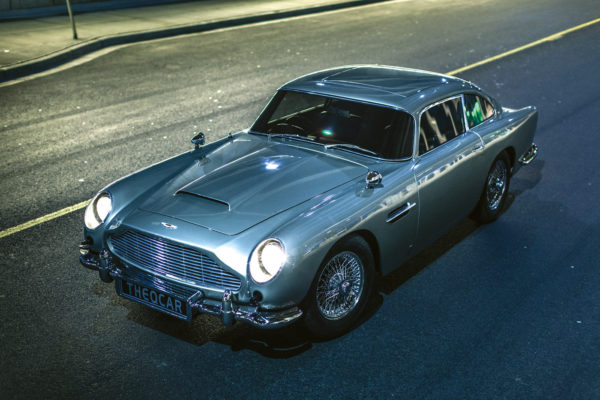
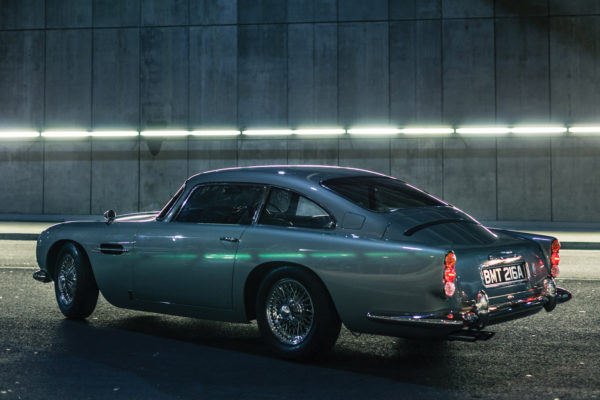
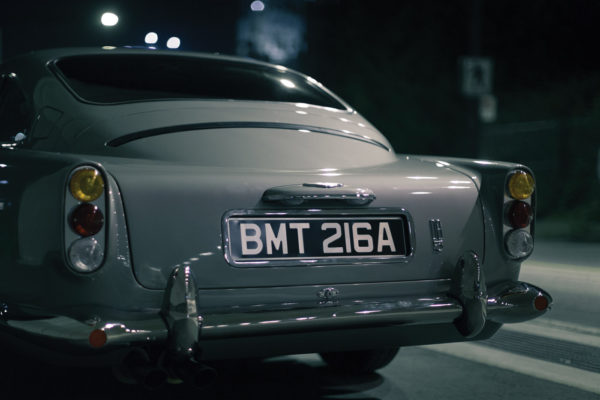
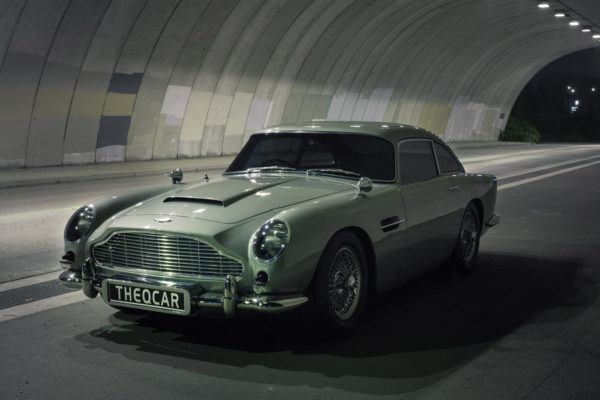
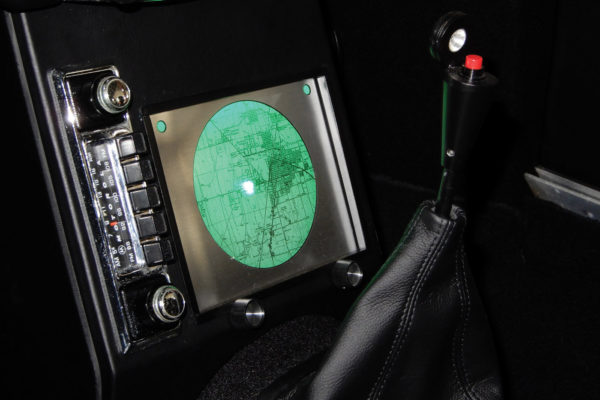
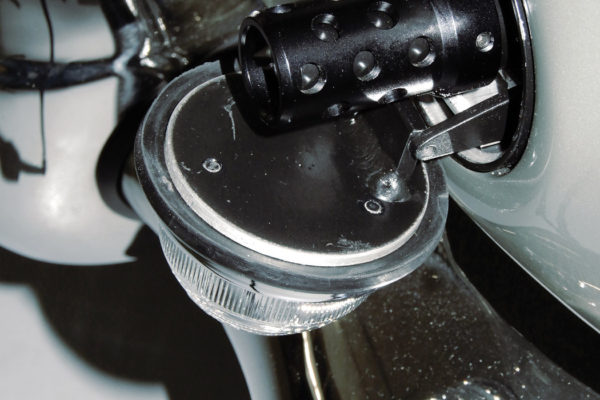
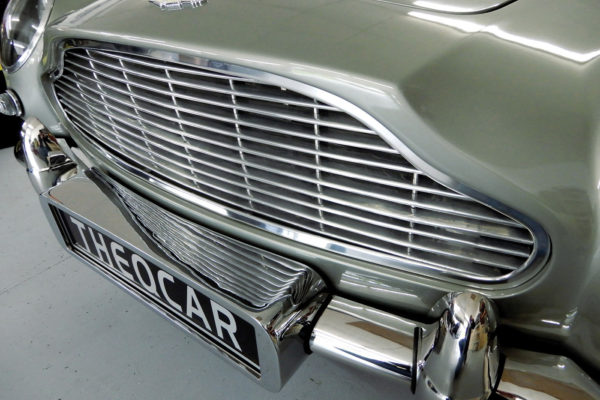
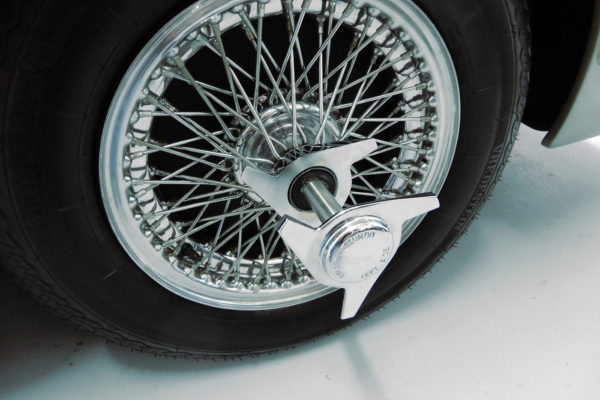
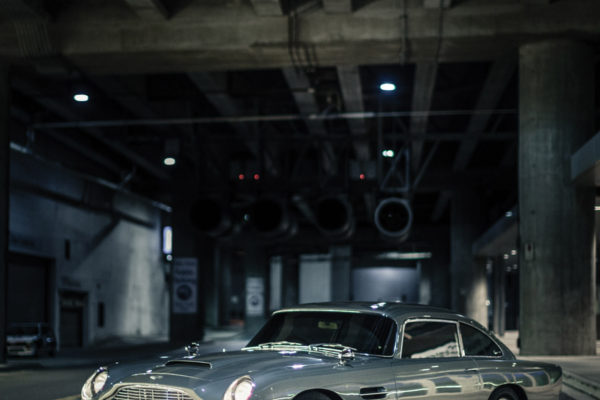
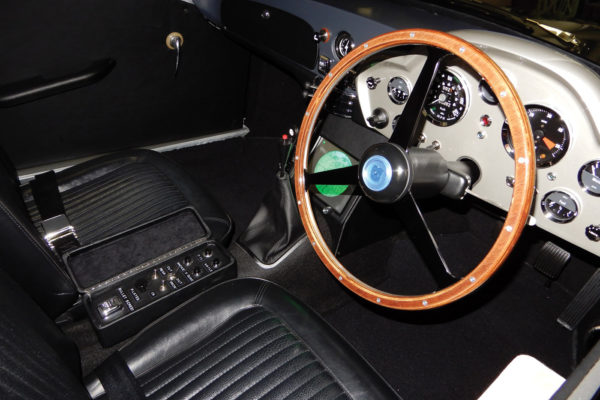
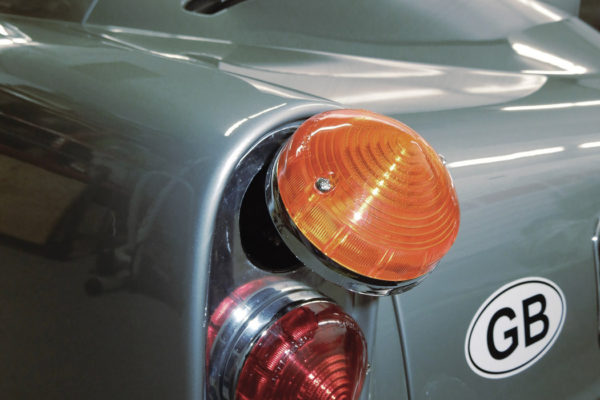
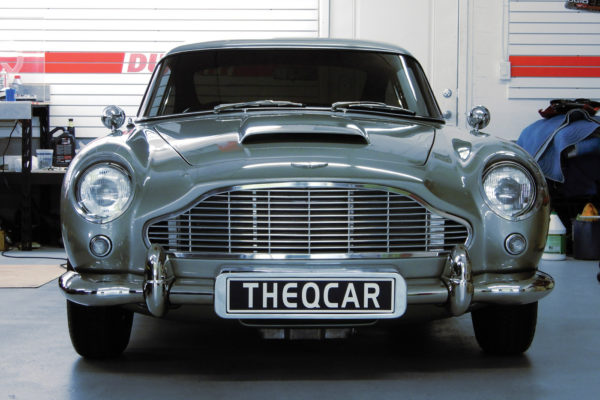
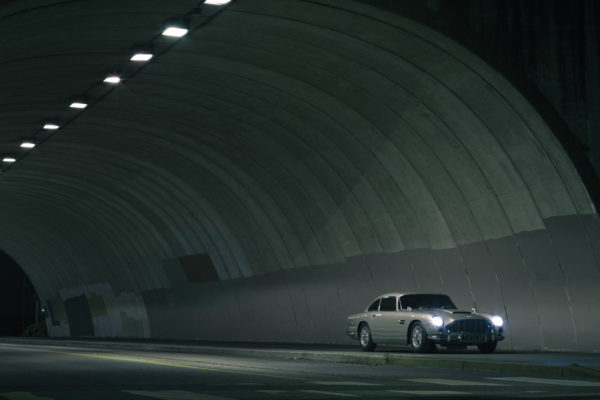
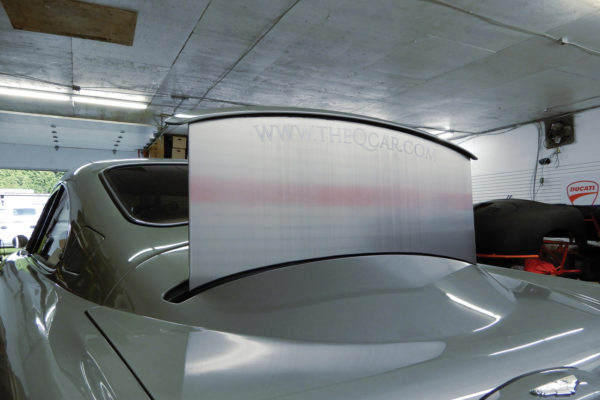
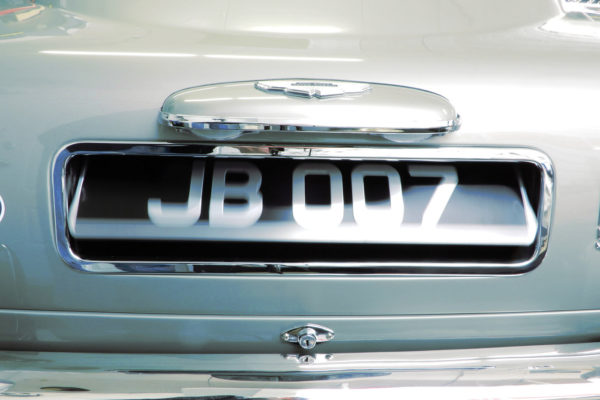
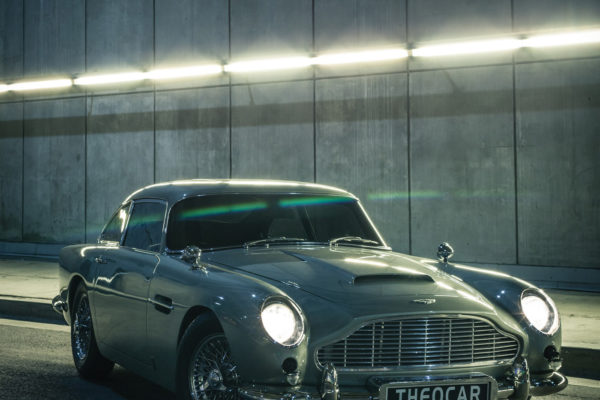
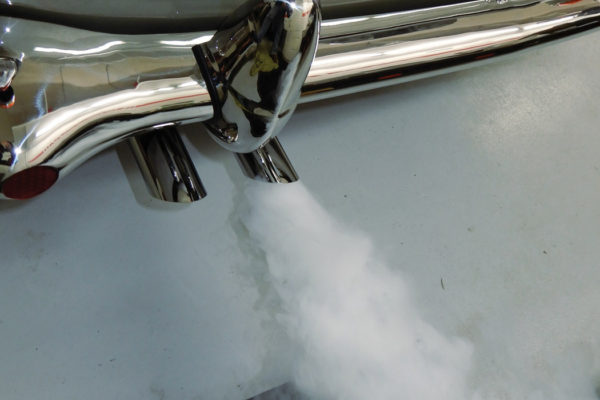
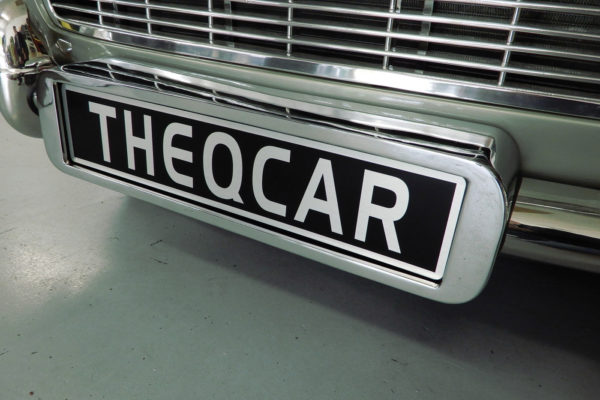
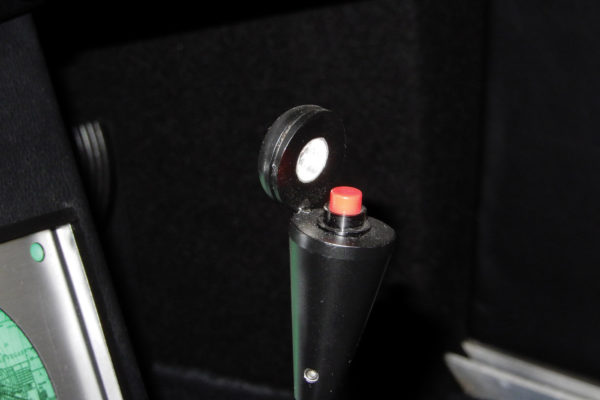
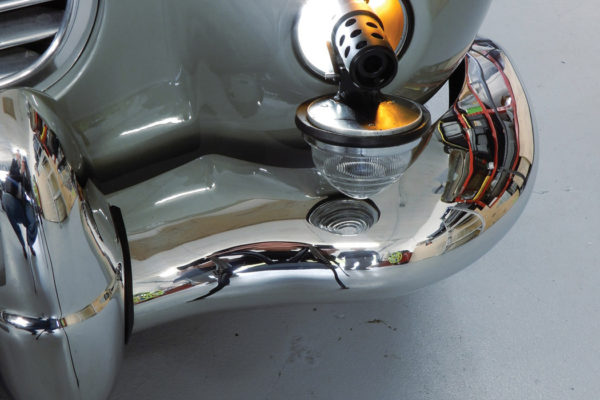
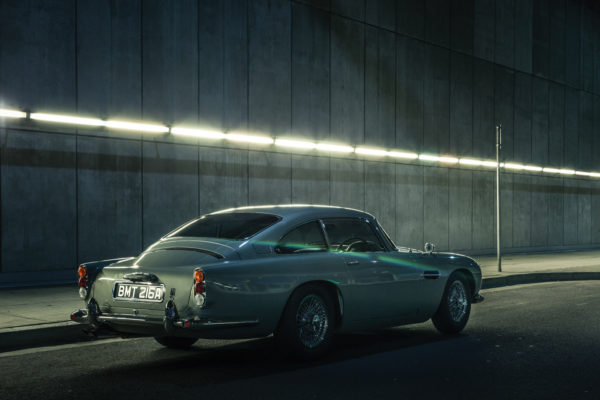
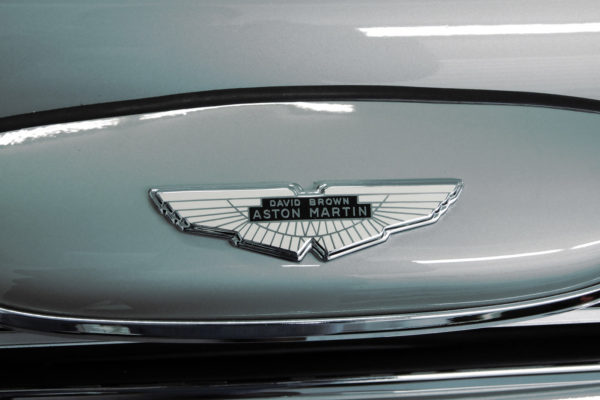
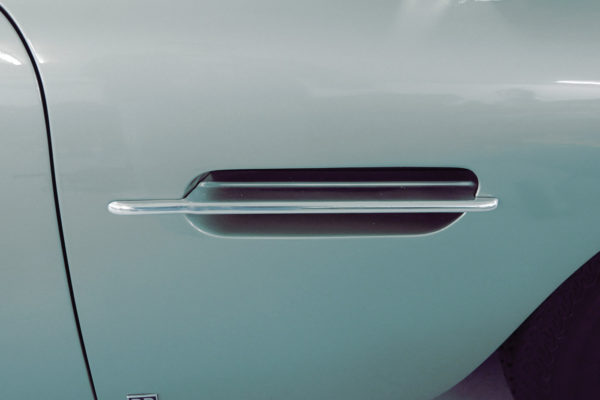
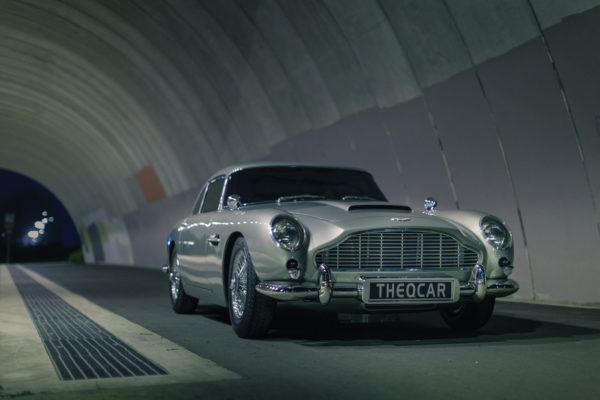
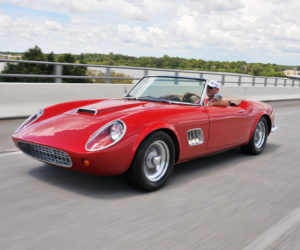
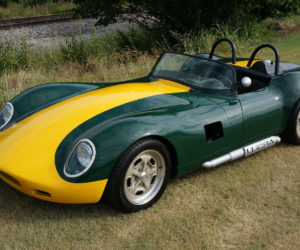
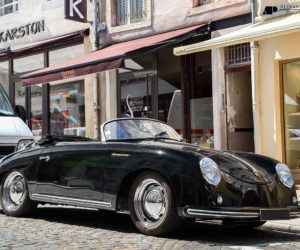
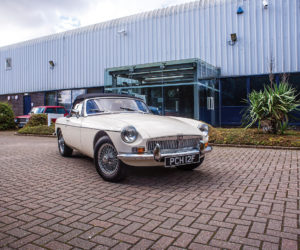
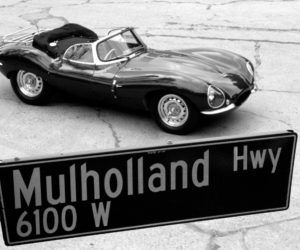
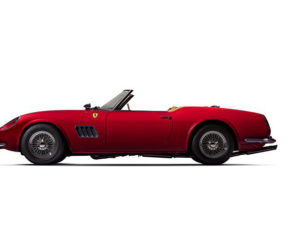




Comments for: DB5s are Forever
comments powered by Disqus